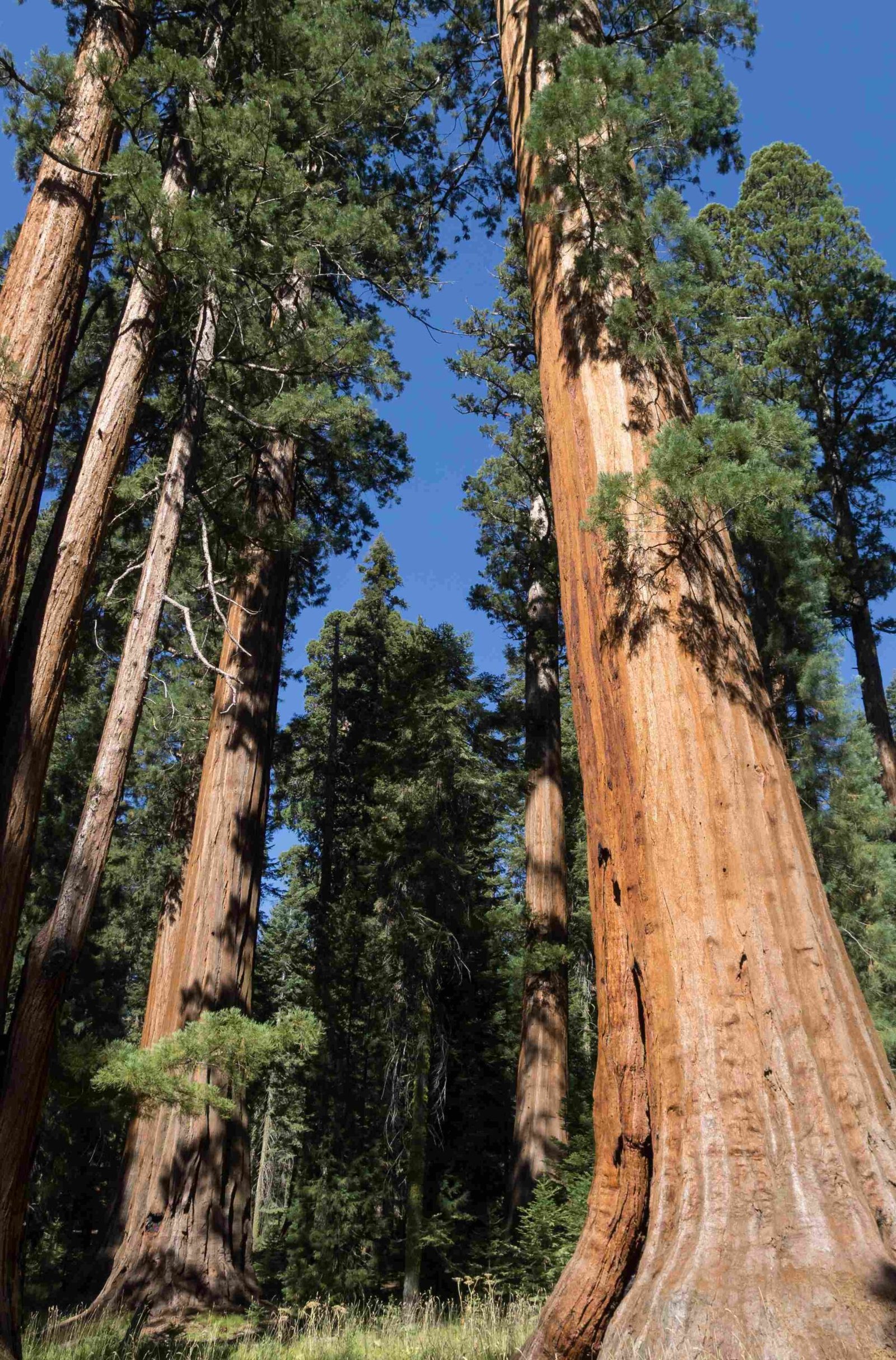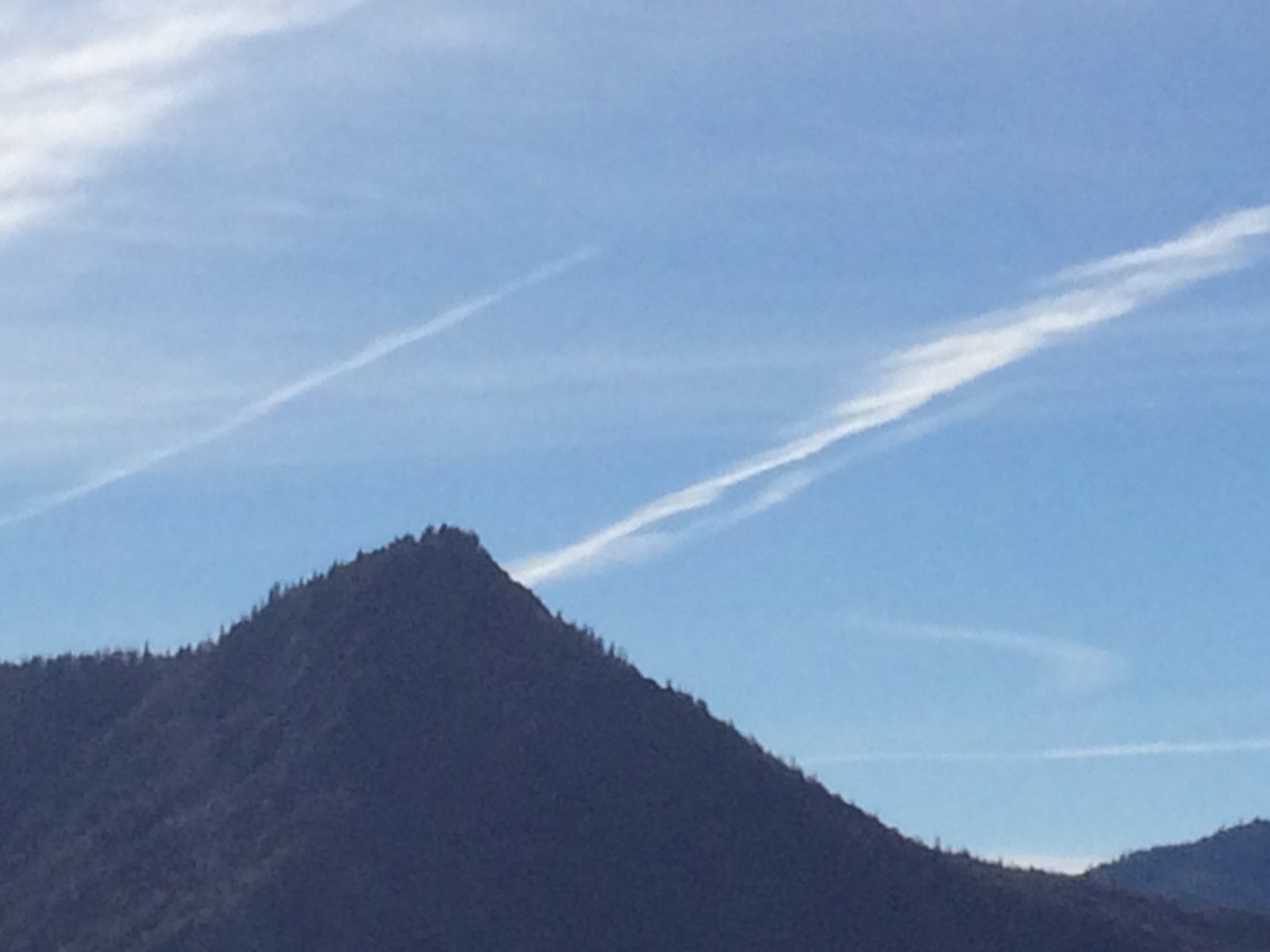Mount Whitney, located in Sequoia National Park, California, USA, is the highest peak in the contiguous United States. Standing at 14,505 feet, it attracts thousands of hikers annually. However, the challenging terrain and unpredictable weather conditions can lead to hikers getting lost. This comprehensive guide addresses the issue of lost hikers on Mount Whitney, providing essential information on trail conditions, rescue operations, safety tips, and logistical details for accessing the mountain.
What Are the Current Trail Conditions for Mount Whitney?

Understanding the current trail conditions is crucial for hikers planning to tackle Mount Whitney. Here’s what you need to know:
- Snow and Winter Conditions: As of recent reports, there is minimal snow on the trail, with only a small patch near the summit.
- Weather Forecasts: Expect high winds, cold nights, and potential rapid weather changes, including thunderstorms.
- Trail Status: No specific closures for the Mount Whitney Trail have been reported, but always check the latest updates from the park service.
- Potential Hazards:
- Altitude sickness
- Steep and rocky terrain
- Rapid weather changes
- Physical demands of the hike
How Are Lost Hiker Rescue Operations Conducted?

When a hiker goes missing on Mount Whitney, a well-coordinated rescue operation is initiated. Here’s an overview:
- Coordinating Agencies:
- Inyo County Sheriff’s Office
- Mount Whitney Zone of the Inyo National Forest
- Response Times: Vary depending on location and incident severity
- Emergency Contact:
- Call 911 for emergencies
- Contact Inyo County Sheriff’s Office
- Non-Emergency Information: Mount Whitney Zone (Inyo National Forest service)
What Are the Essential Safety Tips for Hiking Mount Whitney?
To prevent becoming a lost hiker on Mount Whitney, follow these crucial safety tips:
- Recommended Gear:
- Layered clothing for changing weather
- Sturdy hiking boots
- At least 3-4 liters of water per person
- Emergency supplies (first aid kit, headlamp, warm clothing)
-
Microspikes (for early or late season hikes)
-
Navigation Tools:
- Map
- Compass
- GPS device or smartphone with GPS app
-
Know how to use these tools effectively
-
Emergency Preparedness:
- Recognize altitude sickness symptoms
- Carry wag bags and pack out all waste
- Start early to avoid afternoon storms
- Be prepared for changing weather conditions
What Are the Logistical Details for Accessing Mount Whitney?
Planning your trip to Mount Whitney requires attention to several logistical details:
| Aspect | Details |
|---|---|
| Parking | Available at Whitney Portal trailhead, fills up quickly during peak season |
| Trailhead Amenities | Basic restrooms, small store, no cell service |
| Transportation | No public options, most hikers drive to the trailhead |
| Permits | Required from May 1st to November 1st, quota-controlled system |
| Daily Hiker Limits | 100 day-hikers, 60 backpackers |
| Permit Fees | No fee for the permit itself, potential fees for camping or other services |
How Can Hikers Prepare for Altitude Challenges on Mount Whitney?
Altitude sickness is a significant concern for hikers on Mount Whitney. Here’s how to prepare:
- Acclimatization:
- Spend a day or two at higher elevations before attempting the summit
-
Consider camping at Whitney Portal (8,300 feet) the night before your hike
-
Hydration:
- Drink plenty of water before and during the hike
-
Aim for at least 3-4 liters per person
-
Pace Yourself:
- Take frequent breaks
-
Ascend slowly to allow your body to adjust
-
Recognize Symptoms:
- Nausea
- Vomiting
- Dizziness
- Disorientation
-
Severe headache
-
Know When to Turn Back:
- If symptoms persist or worsen, descend immediately
What Should Hikers Do If They Become Lost on Mount Whitney?
If you find yourself lost on Mount Whitney, follow these steps:
- Stay Calm: Panic can lead to poor decision-making
- Stay Put: Remain in one location to increase chances of being found
- Signal for Help: Use a whistle, mirror, or bright clothing to attract attention
- Conserve Energy and Resources: Ration food and water
- Seek Shelter: Protect yourself from the elements
- Use Your Phone Wisely: Conserve battery, use sparingly to call for help or check GPS
How Can Hikers Contribute to Search and Rescue Prevention?
Preventing the need for search and rescue operations benefits everyone. Here’s how hikers can contribute:
- Proper Planning:
- Research the trail thoroughly
- Check weather forecasts
-
Inform someone of your hiking plans
-
Adequate Training:
- Build up to the challenge with progressively difficult hikes
-
Practice navigation skills
-
Carry Essential Gear:
- Include the Ten Essentials in your pack
-
Bring extra food and water
-
Hike with a Partner:
-
Never hike alone, especially on challenging trails like Mount Whitney
-
Know Your Limits:
- Be honest about your fitness level and hiking experience
- Turn back if conditions exceed your abilities
By following these guidelines, hikers can significantly reduce the risk of becoming lost on Mount Whitney and contribute to a safer hiking environment for all.
Remember, the key to a successful and safe hike on Mount Whitney lies in thorough preparation, respect for the mountain’s challenges, and a willingness to make conservative decisions when faced with difficult conditions.

